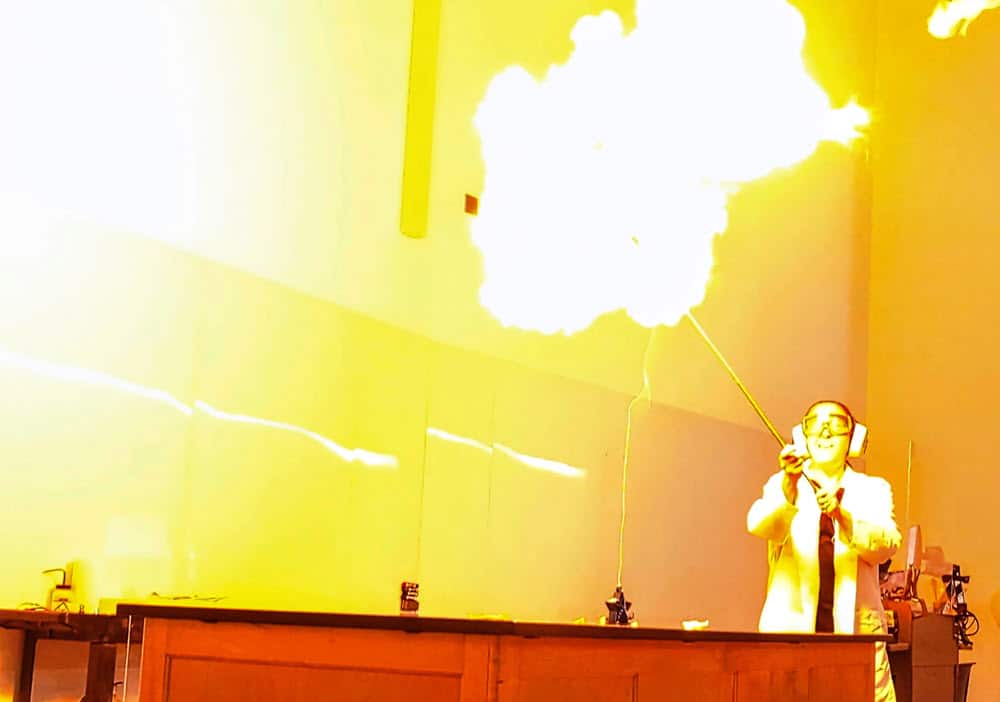A weary campus asks: What happened to spring break?
A weary campus asks: What happened to spring break?
As we near the halfway point of what we hope will be the final semester of remote everything, we at CTE encourage you to take a collective breath, put your feet up, and read an important news story you might have missed.
We can’t guarantee a happy ending. Then again, that all depends on what you consider happy.
Consider it the week that might have been.
